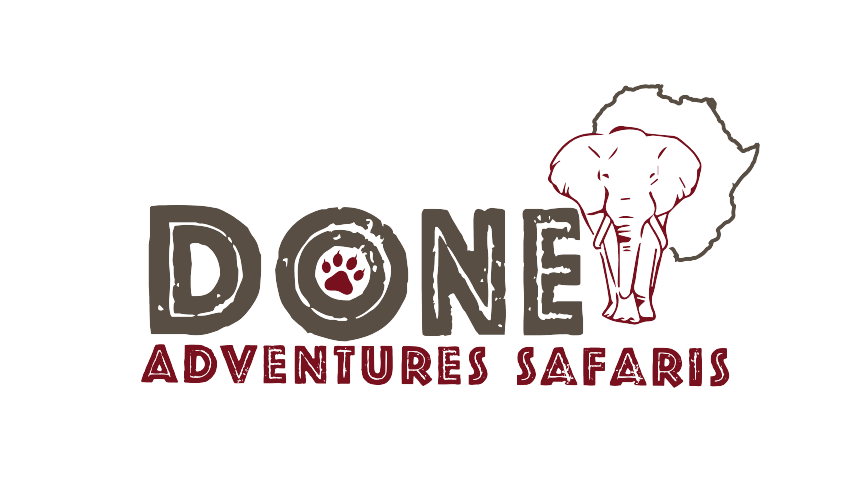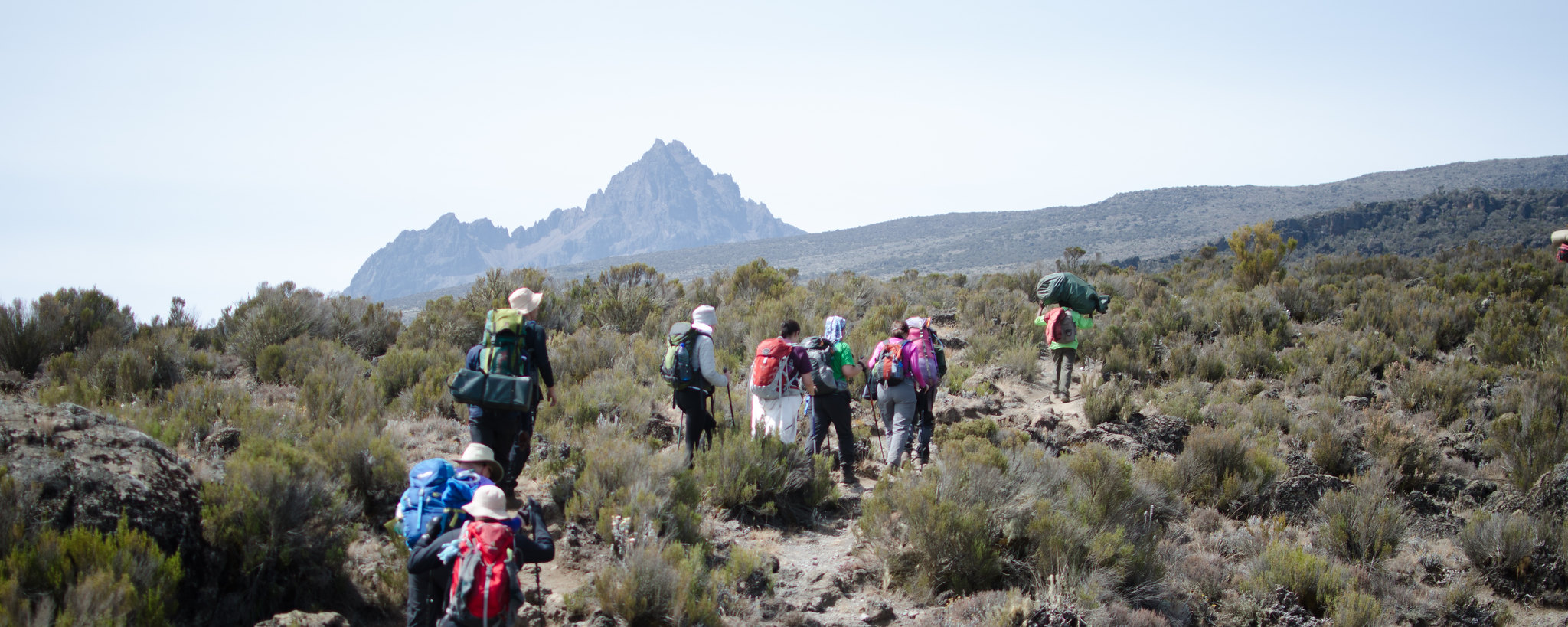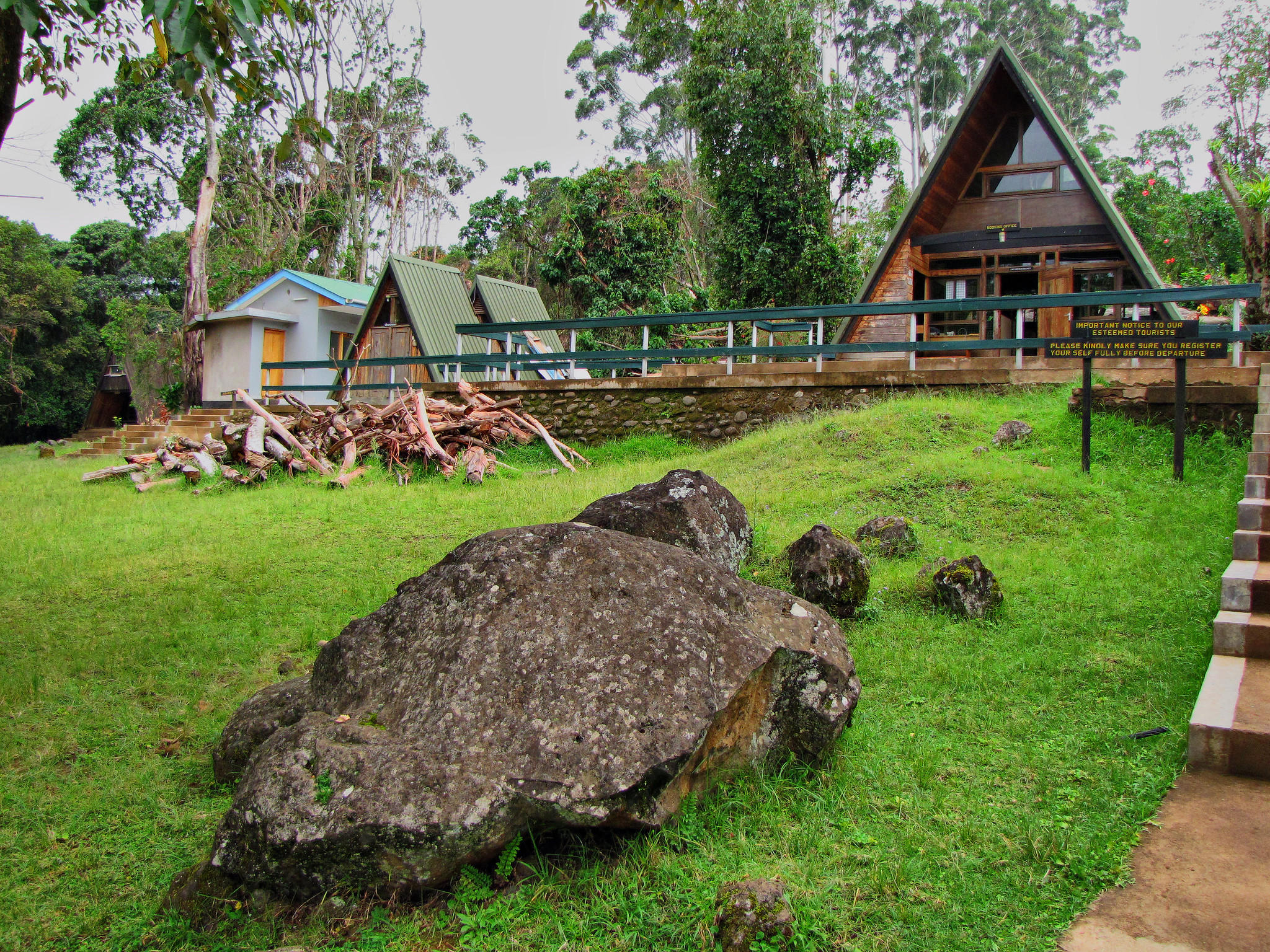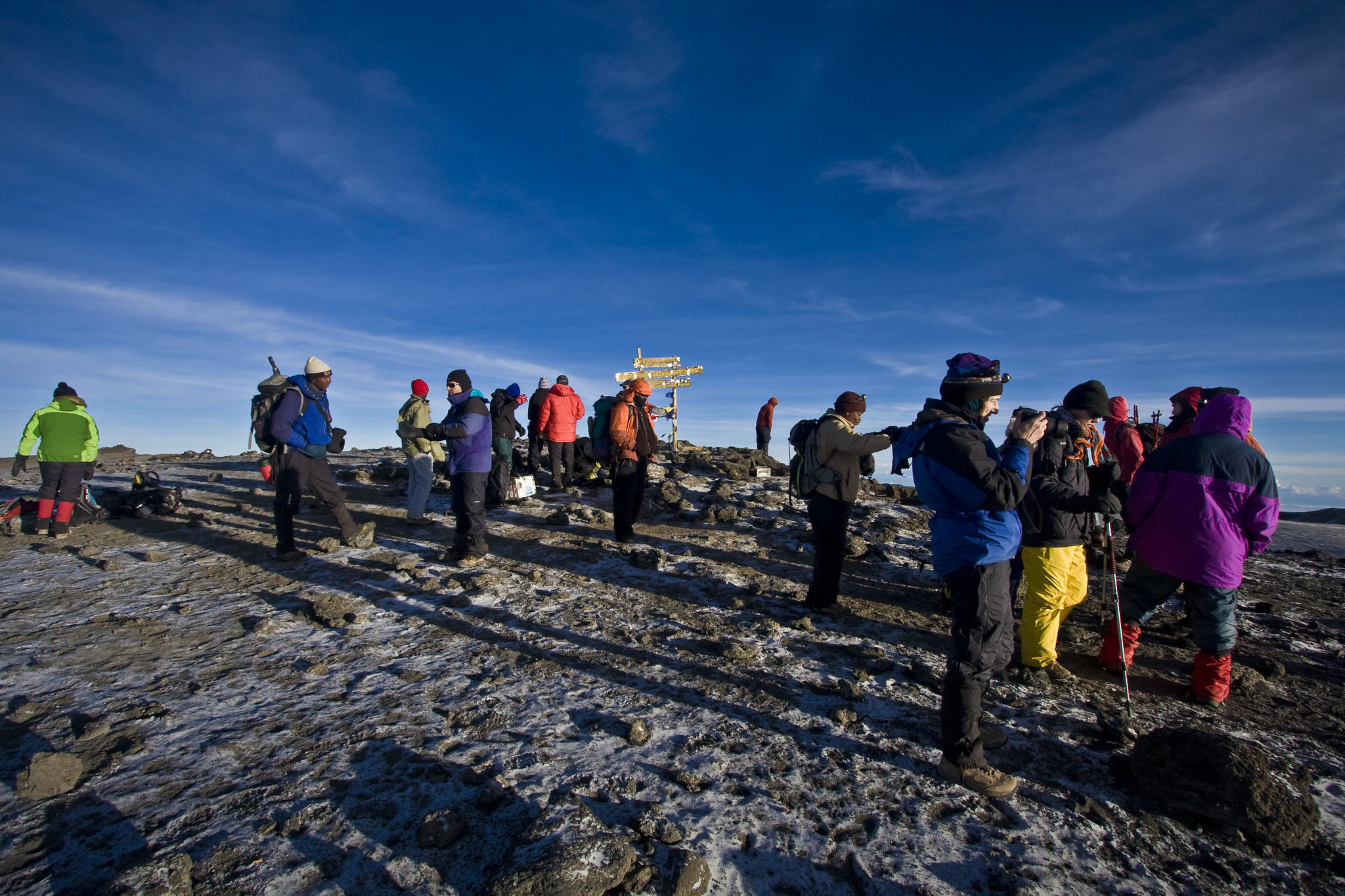Selous Game Reserve
The Selous is Africa’s largest wildlife reserve, and Tanzania’s most extensive protected area.
It’s home to large herds of elephants, plus buffaloes, crocodiles, hippos, wild dogs, many bird species and some of Tanzania’s last remaining black rhinos. The Rufiji River is a major feature, and offers the chance for boat safaris, which are a Selous highlight. Visit soon, however, before the Rufiji is dammed as part of the massive Stiegler’s Gorge hydroelectric project.
The UNESCO World Heritage Site is one of
the best places to visit in Tanzania. It sprawls over 5 million
hectares, comprising miombo woodlands, open plains, wetlands and the
Rufiji River. Nyerere National Park has a higher density and diversity
of species than any other miombo woodland area. It is a key landscape
for endangered wild dog, which share the reserve with plenty of
crocodile, lion, leopard, hippo, elephant, black rhino, buffalo and more
than 400 bird species.
Large numbers of elephants, black rhinoceroses, cheetahs, giraffes,
hippopotamuses and crocodiles live in this immense sanctuary, which
measures 50,000 km2 and is relatively undisturbed by human
impact. The park has a variety of vegetation zones, ranging from dense
thickets to open wooded grasslands.
On game drives, follow wild dog as they dash
through the bush hunting for warthog and antelope. Cruise along the
river, passing pods of hippo cooling off under water. Or head out on
foot to study the landscape up close, learning about everything from
termites to trees.
Brief synthesis
The Selous Game Reserve, covering 50,000 square kilometres, is
amongst the largest protected areas in Africa and is relatively
undisturbed by human impact. The property harbours one of the most
significant concentrations of elephant, black rhinoceros, cheetah,
giraffe, hippopotamus and crocodile, amongst many other species. The
reserve also has an exceptionally high variety of habitats including
Miombo woodlands, open grasslands, riverine forests and swamps, making
it a valuable laboratory for on-going ecological and biological
processes.
Criterion (ix): The Selous Game Reserve is one of the largest
remaining wilderness areas in Africa, with relatively undisturbed
ecological and biological processes, including a diverse range of
wildlife with significant predator/prey relationships. The property
contains a great diversity of vegetation types, including rocky
acacia-clad hills, gallery and ground water forests, swamps and lowland
rain forest. The dominant vegetation of the reserve is deciduous Miombo
woodlands and the property constitutes a globally important example of
this vegetation type. Because of this fire-climax vegetation, soils are
subject to erosion when there are heavy rains. The result is a network
of normally dry rivers of sand that become raging torrents during the
rains; these sand rivers are one of the most unique features of the
Selous landscape. Large parts of the wooded grasslands of the northern
Selous are seasonally flooded by the rising water of the Rufiji River,
creating a very dynamic ecosystem.
Criterion (x): The reserve has a higher density and diversity of
species than any other Miombo woodland area: more than 2,100 plants have
been recorded and more are thought to exist in the remote forests in
the south. Similarly, the property protects an impressive large mammal
fauna; it contains globally significant populations of African elephant
(Loxodontha africana) (106,300), black rhinoceros (Diceros bicornis)
(2,135) and wild hunting dog (Lycaon pictus). It also includes one of
the world’s largest known populations of hippopotamus (Hippopotamus
amphibius) (18,200) and buffalo (Syncerus caffer) (204,015). There are
also important populations of ungulates including sable antelope
(Hippotragus niger) (7000), Lichtenstein’s hartebeest (Alcelaphus
lichtensteinii) (52,150), greater kudu (Tragelaphus strepsiceros), eland
(Taurotragus oryx) and Nyassa wildebeest (Connochaetes albojubatus)
(80,815). In addition, there is also a large number of Nile crocodile
(Crocodilus niloticus) and 350 species of birds, including the endemic
Udzungwa forest partridge (Xenoperdix udzungwensis) and the rufous
winged sunbird (Nectarinia rufipennis). Because of this high density and
diversity of species, the Selous Game Reserve is a natural habitat of
outstanding importance for in-situ conservation of biological diversity.
Integrity
With its vast size (5,120,000 ha), the Selous Game Reserve retains
relatively undisturbed on-going ecological and biological processes
which sustain a wide variety of species and habitats. The integrity of
the property is further enhanced by the fact that the Reserve is
embedded within a larger 90,000 km2 Selous Ecosystem, which
includes national parks, forest reserves and community managed wildlife
areas. In addition the Selous Game Reserve is functionally linked with
the 42,000 km2 Niassa Game Reserve in Mozambique, and this is
another important factor that ensures its integrity. With no permanent
habitation inside its boundaries, human disturbance is low.
Protection and management requirements
The Selous Game Reserve has appropriate legal protection and a
management plan has been developed. It is managed as a game reserve,
with a small area (8%) in the north dedicated to photographic tourism
while most of the property is managed as a hunting reserve. As long as
quota are established and controlled in a scientific manner, the level
of off-take should not impact wildlife populations and, in fact, should
generate substantial income which needs to be made available for the
management of the reserve in order for the system to be sustainable. A
detailed tourism strategy for the reserve needs to be developed, in line
with the framework and principles outlined in the management plan. The
income generated by those activities needs to be made available for the
management of the reserve in order for the system to be sustainable. The
large size of the reserve presents important management challenges in
terms of the levels of staffing and budget required.
The Northern section of Selous is home to a network of channels and lagoons that run off the Rufiji River. This lush landscape provides a water supply for the region’s game and towards the end of the dry season the concentration of animals around these water sources is phenomenal. It is here, around the river and lakes, that the majority of the camps are based; successfully relying on the animal’s need for water to provide game viewing areas. Selous is in its peak season from July through to the middle of November – this when the dry season is raging and all the game homes in on the few permanent water sources.
The sheer volume of game in the Selous is outstanding with statistics putting most parks in Africa to shame. Elephant, buffalo and lion are ‘arguably’ found in no greater numbers year round anywhere on the planet. But it is the Selous’ reputation as the last true stronghold for African wild dog that draws the enthusiasts.



